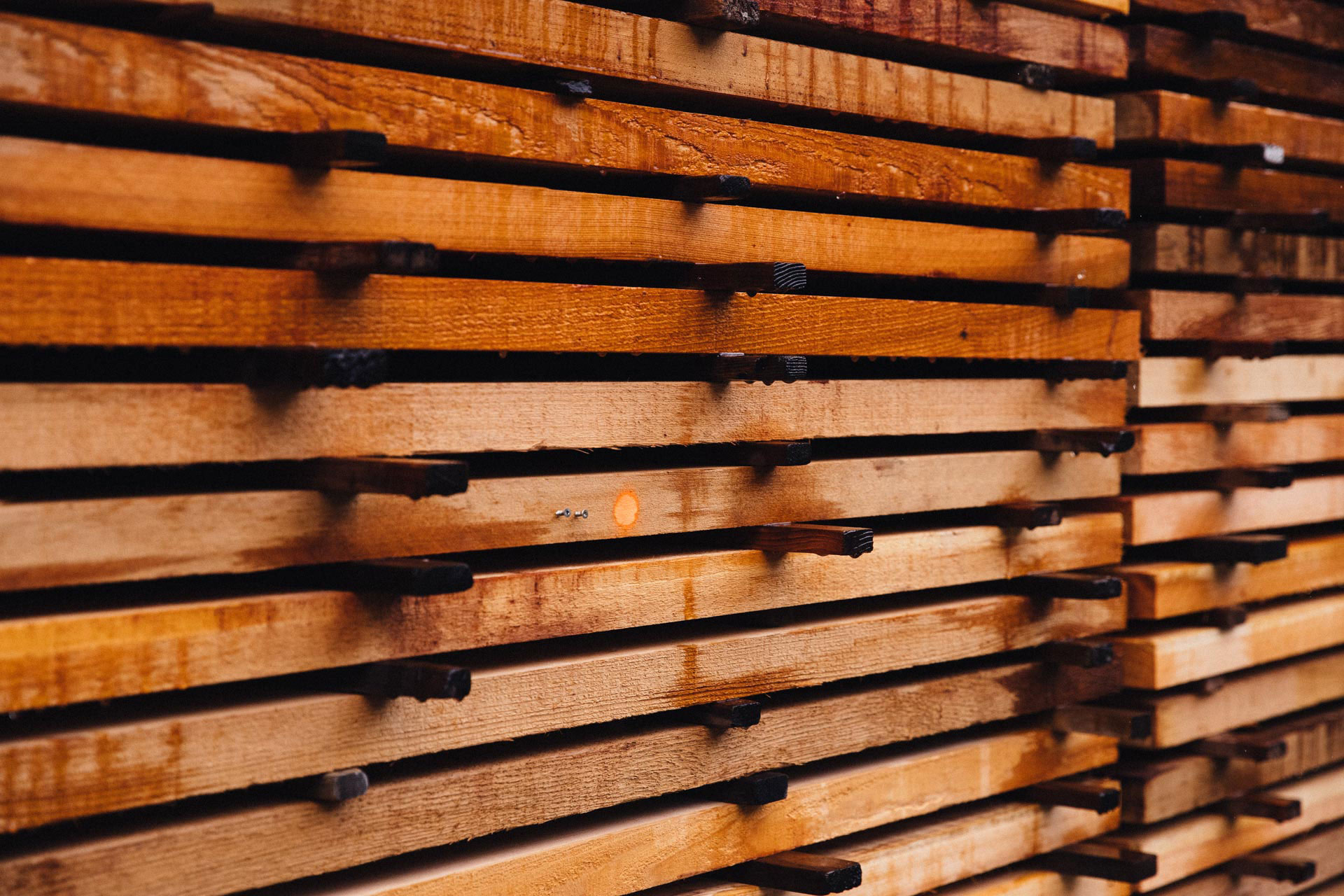Wood is essentially stored up solar energy. Trees use solar energy, CO2, water and soil minerals to produce wood. This stored up solar energy can be released through burning. Wood burning does not release more CO2 than when it rots so can therefore be called carbon neutral. Wood is a renewable resource and is sustainable provided trees are replanted and proper forestry is practiced.
We should not over look the other uses of forests besides fuel and building materials. Forests produce oxygen, provide shade, and protection from wind. Forests are critical for wildlife and fish habitat, soil and water conservation. The beauty of forests does much to enrich our lives. Also many communities depend on the social and economic benefits derived from the forest. Proper forestry and agriculture throughout the world, maximizing on the Social and Economic benefits for Communities and First Nations.

Comparative Heat Values of Dry Wood
| SPECIES | *BTU’S PER CORD | FUEL OIL GAL. | HARD COAL TONS | PROPANE GAL. | ELECTRICITY KW/HR |
|---|---|---|---|---|---|
| Red Oak | 24,000,000 | 170 | .92 | 263 | 7032 |
| Douglas Fir | 20,600,000 | 146 | .79 | 226 | 6036 |
| Pine | 17,100,000 | 121 | .66 | 188 | 5010 |
*These BTU values are based on dry wood and do not take into account the woodstove efficiency which can vary from 40 to 70%.
How to Minimize Wood Smoke
Wood smoke is polluting. The particulates in wood smoke are a health hazard. Wood smoke however does not contain sulphur like coal and fuel oil, so does not contribute to acid rain. However every attempt to minimize wood smoke should be taken. Dry wood contains up to 30% more energy. Valuable heat is not being used to dry the wood in the firebox. Smoke is largely unburned fuel being wasted into the atmosphere.
- Burn only dry wood. Order your wood one year in advance and properly stack it for air drying.
- Be sure chimney is clean and then burn only hot fires. You can control the temperature of your home by the size of your fire. Once you are up to temperature use a small fire to maintain the comfort level rather than loading up the stove and turning down the damper. A lack of combustion air is the biggest cause of smoke. Burning small hot fires requires more monitoring of the stove but less smoke and higher efficiency.
- Use a high efficiency stove that will burn up more of the unused fuel that would normally be lost up the chimney.
An excellent web site for information on wood burning is www.woodheat.org.


